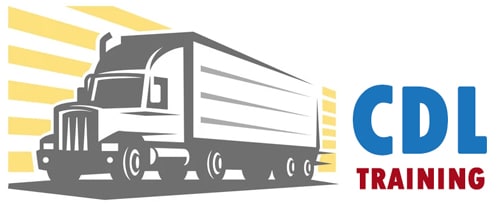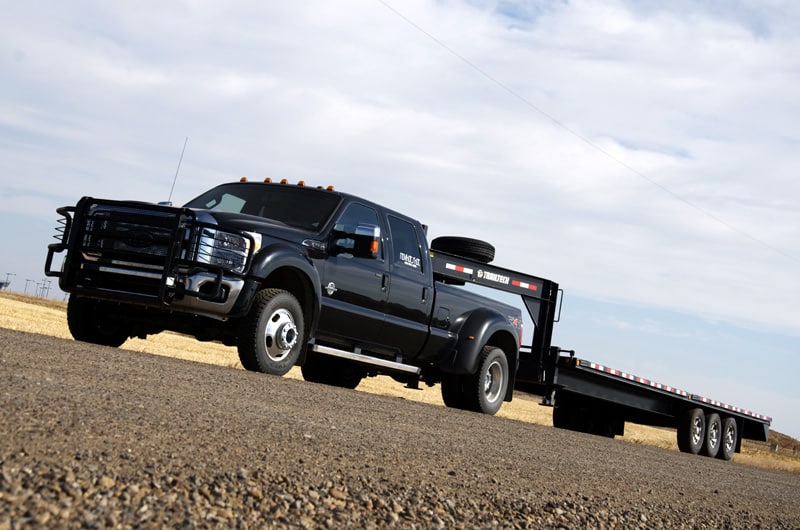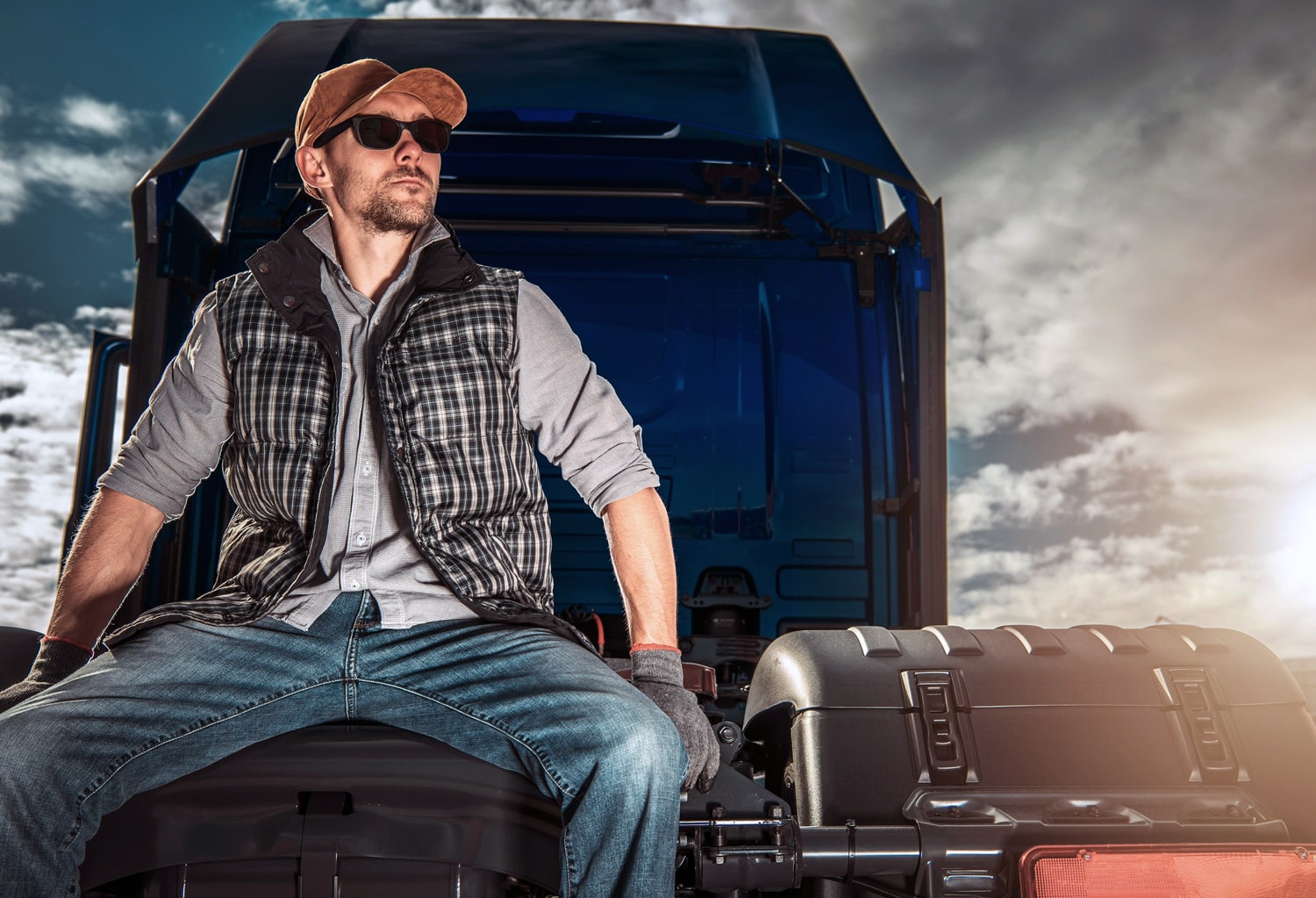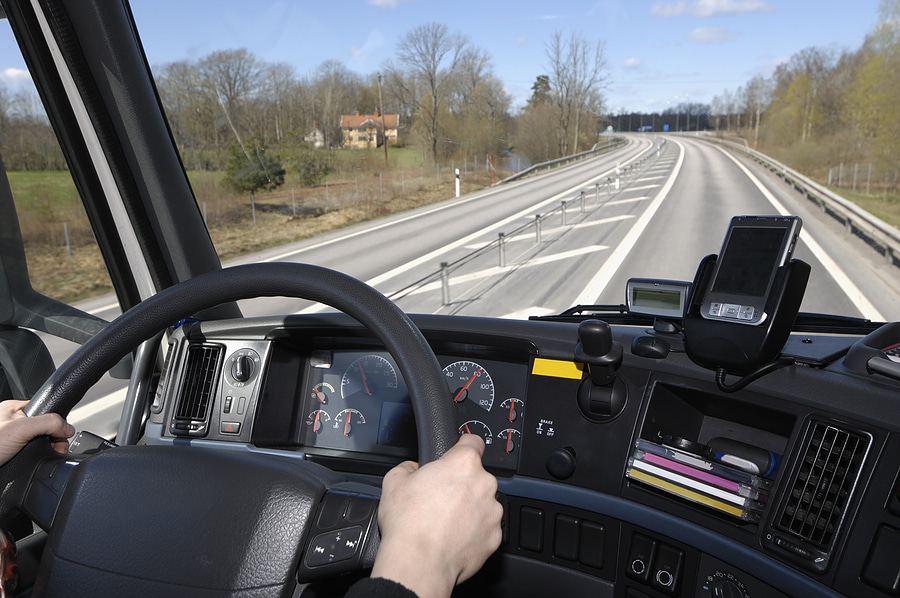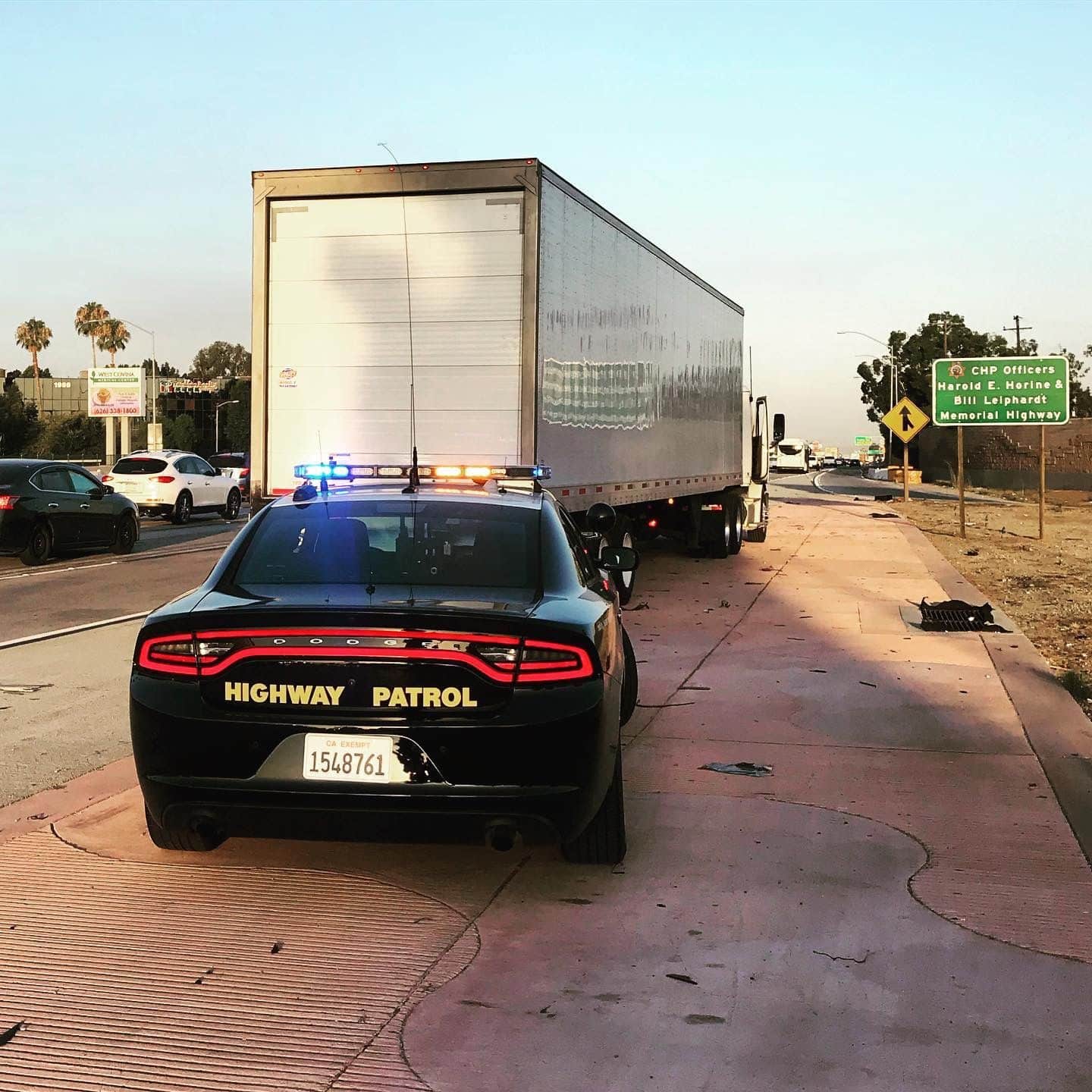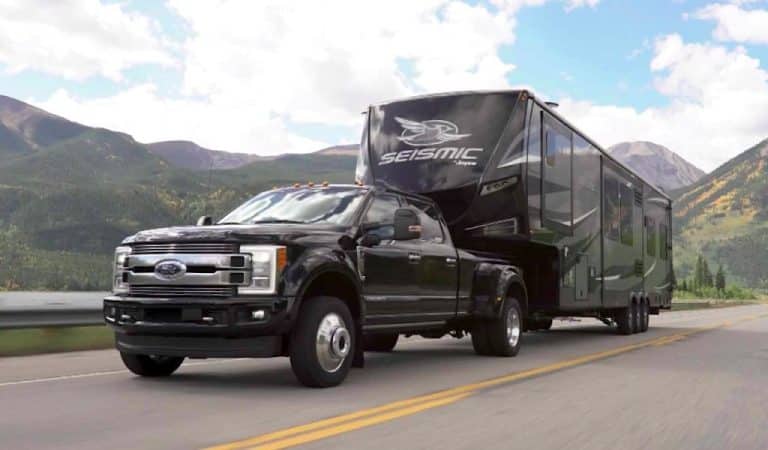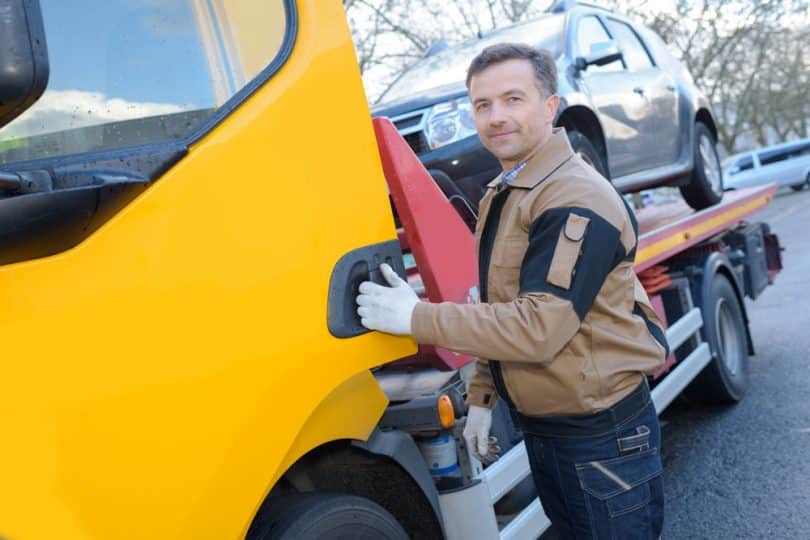Looking for a driving career that doesn’t require a CDL? You’re in luck! You can get started in hotshot trucking without a commercial driver’s license as long as you meet a few requirements. Here’s what you need to know:
Do You Need a CDL To Hotshot?
No, you technically do not need a CDL to hotshot. The requirements will ultimately depend on the types of loads that you haul.
In fact, you may not even need a gooseneck trailer for hotshot loads.
So, when do you need a CDL? If you want to get into hotshot trucking, you’ll only need to get a commercial driver’s license if:
- You’re transporting hazardous materials.
- Your truck and trailer have a manufacturer’s weight rating of more than 26,000 pounds.
- You’re towing a trailer with a manufacturer’s weight rating of over 10,000 pounds.
You’ll also need a CDL if your vehicle can carry 16 people or more (in California, it’s 10 people), even if you don’t plan on transporting anyone.
The only real difference between non CDL and CDL hotshot trucking is the loads you haul. With a CDL, you’ll have the option of hauling hazardous materials and heavier loads.
But you can still find plenty of work without a CDL and make a living on this career path.
How Much Can You Haul Without a CDL?
According to federal requirements, you don’t need a CDL if:
- Your vehicle has a gross vehicle weight (GVW) of 26,000 pounds or less.
Also, your trailer cannot weigh more than 10,000 pounds, regardless of how much your truck weighs.
Understanding GCWR and GVWR
The rules for hotshot trucking without a CDL can be confusing if you don’t understand what the acronyms GCWR and GVWR mean.
- GVWR (Gross Vehicle Weight Rating): The maximum permitted weight for any vehicle, whether it’s a towing or towed one. For trailers, it is the sum of the max payload and dry weight.
- GCWR (Gross Combined Weight Rating): Applies when towing one or more vehicles and excludes the tongue weight rating of the towing truck.
Knowing the difference between GVWR and GCWR and how they apply to hotshot trucking will help you better understand whether you need a CDL.
Non CDL Hotshot Requirements
While you may not need a CDL to hotshot, you will need to register with the Federal Motor Carrier Safety Administration (FMCSA). You’ll also need to meet the following requirements:
Register for a DOT Number
Register a DOT number if you’re hauling in one of the states (39) that require you to register. Registration must be done at the state level.
Maintain your Driver Qualification File (DQF)
DQFs are required by the Department of Transportation for commercial carriers. Even if you have just non CDL drivers, you’ll need to register this file with the Federal Motor Carrier Safety Administration.
You must have a DQF for each driver and it is a way to show that every driver that you have can drive commercial vehicles safely.
However, the DQF is only required for:
- Vehicles between 10,001 and 26,000 pounds
Exceptions to this requirement include but are not limited to:
- Hauling any material that meets the definition of hazardous material
- Drivers transporting 8+ people for compensation
- Drivers transporting 15+ people for no compensation
In the cases above, you will need to register a DQF, even if the vehicle weighs less than the required amount. You’ll want to confirm requirements with your state’s agency to verify local and federal guidelines are met.
Maintain State Motor Records.
If you’re a solo hotshot driver, you can skip this section. However, companies that hire non-CDL drivers must obtain three years’ worth of:
- Motor vehicle records from the state(s) the person has a permit in
- Motor vehicle records from the state(s) the person has a license in
You’ll need to keep this information in the DQF, and it must be obtained and added to the file within 30 days of hiring the individual.
Medical Card
All drivers must have a medical card, which is required for non-CDL drivers. The card must be held in the DQF. Drivers must also always keep a copy of their most recent medical certificate in their vehicle.
Employment Application
The driver’s employment application must be put in the DQF. Companies must verify that the driver’s record is accurate and that their safety record is sufficient. When verifying past employment, the responses from past employers must be filed within the DQF.
Road Test Certification
Hotshot drivers must show proof of a valid license and their passing of the road test via a certification. The certification is valid for a period of three years.
Insurance
Drivers who hotshot will need their own commercial auto insurance with liability limits of $750,000 or higher. Hotshot trucking businesses need to reduce their risk of an accident, causing them to lose their livelihood.
You’ll also want uninsured or underinsured coverage to help protect you in the event that the other driver does not have any or adequate coverage.
How Much Do Hotshot Drivers Make?
According to ZipRecruiter.com, hauling non CDL hot shot loads pays around $59,000 per year, on average.
The figure varies from state to state and can range from $25,000 to $80,000. The average salary is broken down into:
- $28.34 per hour
- $1,133 per week
California cities dominate the top 10 paying cities for non CDL hotshot drivers, accounting for 7 out of 10 cities. Marysville, WA, Jackson, WY and Alexandria, VA finish out the list with annual salaries of $68,300, $65,400 and $65,150, respectively.
How Much Does It Cost to Get Started in Non CDL Hotshot Trucking?
Want to start your own hotshot trucking business? While the initial investment may be high, you’ll reap the rewards of financial freedom if you succeed with your business.
Here are some costs you need to consider in addition to the cost of your truck and equipment:
- Registering your business: up to $500, depending on the business type and your state
- UCR registration: $59 for up to two vehicles
- FMCSA and USDOT registration: $300
- Insurance: $7,000+/year
- Electronic logging device: Up to $1,400
- DOT registration (if required): varies by state
While every business is unique, you can expect to invest $20,000 or more in your business to get it up and running.
Meta Description: Want to know non CDL hotshot trucker requirements? Read through our 2023 guide, where we cover requirements, salary and costs of operating your business.
